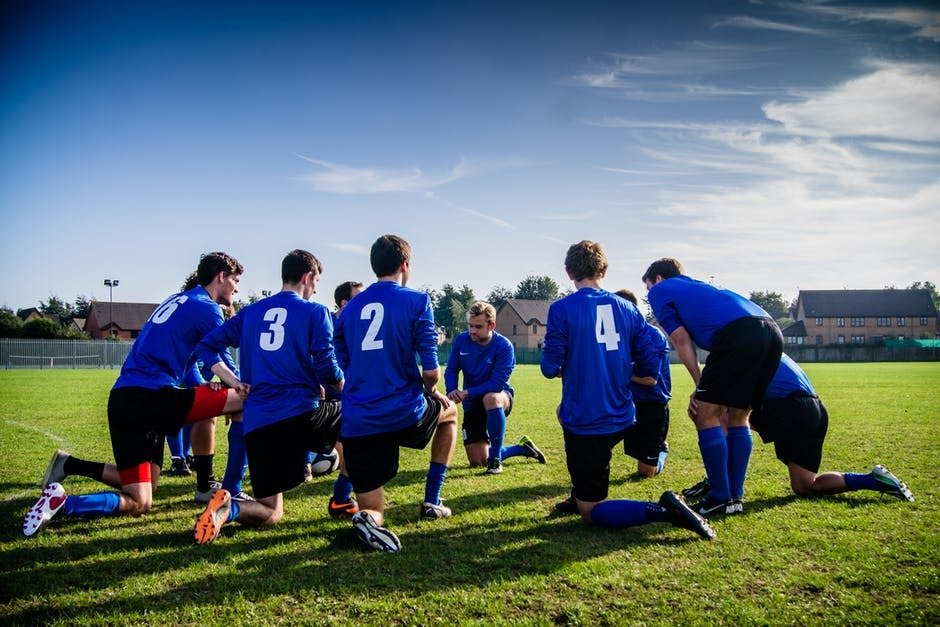Difference Between Sports Therapy And Rehabilitation

Sports therapy is an area of the health care industry, which has grown enormously over the past decade. Many of today's athletes turn to professional sports therapy to help prevent and relieve injuries which can result in discomfort and in some cases, incapacitation. The discipline of sports therapy centers on preparing an athletic person for peak physical and mental performance on the field as well as during rehabilitation and aftercare. Visit: elitespinehouston.com/
Athletes will turn to healthcare professionals for advice on any number of sports-related injuries, from torn ligaments to whiplash to concussions. In the case of concussions, athletes should go to the Elite Spine and Health Center for guidance as to how best to treat the damage done by the blow to the head. The same principle is applied to other types of injuries such as torn tendons in carpentry or tennis players. These sports-related injuries will be evaluated by healthcare professionals with an eye towards preventing further injury, recuperation, and rehabilitation.
Common sports therapy exercises are used by professional athletes to build muscle strength and flexibility, as well as to reduce pain and improve flexibility. Athletes train very hard throughout their careers and suffer from injuries at least a few times during that time. Recovering from a sports-related injury is very difficult for most athletes. It is very common for professional athletes to suffer from post-traumatic stress disorder (PTSD) related to their sports career. Many of these athletes find that the traumatic event was the result of poor recovery and did not have the proper support needed to recover.
Many professionals in the healthcare industry view sports therapy and rehabilitation opportunities with different eyes. These professionals believe that the key differences between therapy and rehabilitation are that therapy addresses symptoms and distress associated with the injuries, while rehabilitation seeks to address any underlying cause of the injury. Some of the key differences include that professional athletes require very strenuous exercise programs and very careful stretching techniques. At the same time, professional athletes often receive extensive therapeutic services from a single healthcare professional, which is not the case for the injured athlete receiving care at home.
The benefits of sports therapy and rehabilitation can be life-changing. These benefits include a reduction in the amount of physical discomfort, pain, and limitations that the injured person experiences. As well, many individuals who have suffered from sports injuries or illnesses have been able to return to normal activity following a series of rehabilitative exercises. This ability to return to sports and full pre-injury activity is often a key factor in an individual's quick recovery. In addition, these patients are less likely to experience future sports injuries or illnesses. Therefore, it is very important that a sports therapist and a rehabilitation clinic to understand the key differences between the two.
A sports rehabilitation clinic should have highly trained individuals that are able to perform all of the standard medical assessment, diagnosis, and treatment required by their clients. These individuals will also be able to customize a program based on the specific needs of their clients. If you suffer from a sports injury or illness, a licensed sports therapy and rehabilitation professional can offer you the guidance and assistance you need in order to recover. Both professionals should work closely together in order to ensure that you receive the best care possible. Add on to your knowledge about this topic, by clicking this link: https://en.wikipedia.org/wiki/Physical_therapy.
